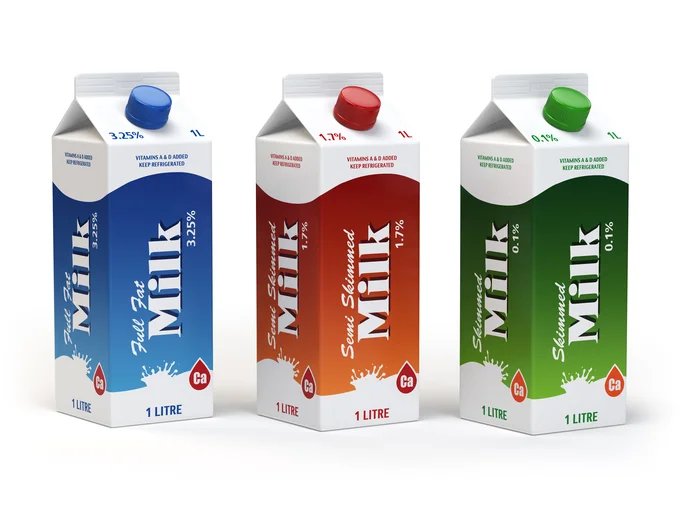Milk – your go-to source for high quality protein
/Growing up, your mother most likely reminded you to “drink your glass of milk.” Mothers are smart and always right. They know that one quality of milk is the fact it’s an excellent source of protein. Children require protein to grow up strong and milk is one of the best sources around.
Quality sources of protein are still important even as an adult. Perhaps you’ve never given your source of protein a second thought, but maybe it’s time to do so. A new study published in the British Journal of Nutrition has confirmed that milk has some of the highest quality protein available.
Researchers at the University of Illinois used a new method of scoring protein quality, believed to be more accurate than older methods, to evaluate milk proteins and several plant-based proteins. They confirmed milk proteins ranked as some of the highest-quality proteins available especially compared to plant-based proteins like soy and pea protein. Protein quality refers to how well different sources of protein are digested and used in the human body.
Depending on where a person lives in the world, will determine what food sources provide their primary source of protein. In many areas across the globe, plant proteins are the primary sources of amino acids which are the building blocks of protein. Plant sources could include grains such as wheat or soy or vegetable sources. In other areas, protein from animal sources such as milk, are the main sources of this nutrient.
Since around twenty percent of the human body is made up of protein or amino acids, this nutrient plays a critical role in our health. Amino acids make up a large proportion of our cells, muscles and tissue and carry out many important bodily functions such as healing wounds, repairing tissue, and give cells their structure.
Even though both plants and animal foods contain protein, they are not equivalent when it comes to protein quality. The difference between them is the composition and digestibility of these types of proteins. For over twenty years, the quality of plant and animal proteins has been evaluated using the protein digestibility-corrected amino acid score or PDCAAS. PDCAAS are calculated using the total tract digestibility of crude protein. Crude protein is a measure of how much protein is in food, based on laboratory test studying the food’s chemical composition. The amount of protein content in a food listed on a food’s nutrition facts label is referring to the crude protein. However, it is important to consider that not all amino acids in a food have the same digestibility as crude protein, as various amino acids differ in their digestibility. It is also important to note that PDCAAS uses the digestibility of protein throughout the whole intestinal tract, when in reality digestibility is most correctly determined at the site at the end of the small intestine because of the way amino acids are absorbed.
Because of these limitations, the PDCAAS scoring system, tends to underestimate the protein value of high quality protein sources while overestimating the value of lower protein quality sources. This has led to the development of a new measure called the digestible indispensable amino acid score or DIAAS. This new scoring system is believed to be more accurate in measuring the quality of milk proteins and plant proteins. Since absorption of amino acids takes place in the small intestine, DIAAS is calculated using where this absorption occurs which is the ileal or third portion of the small intestine, between the jejunum and the cecum.
The researchers of this study usedthe new scoring system and found that all dairy proteins tested met the Food and Agriculture Organization (FAO) standards as “excellent/high”-quality sources of protein for people six months of age or older with a DIAAS score of 100 or greater. In comparison, soy protein isolate and soy flour qualified as “good” sources of protein, with a score between 75 and 100. Both pea protein concentrate and wheat scored below 75 and did not quality for being recommended as being good sources of protein quality.
What this means for us is that choosing dairy foods such as milk, yogurt, cottage cheese and cheese, are acceptable foods for providing excellent protein quality our bodies need. From our muscles to our hair, our teeth and bones, our bodies require protein to be healthy and strong. For growing children, this is especially true.
When you compare the fact that an 8-ounce glass of milk provides 8 grams of high-quality protein and that an 8-ounce glass of almond or rice milk contains about only 1 gram of a lower-quality protein, this makes it easy to know which one is the better choice to go with.
To learn more about milk’s nutrition compared to non-dairy alternatives, visit www.MilkLife.com.

